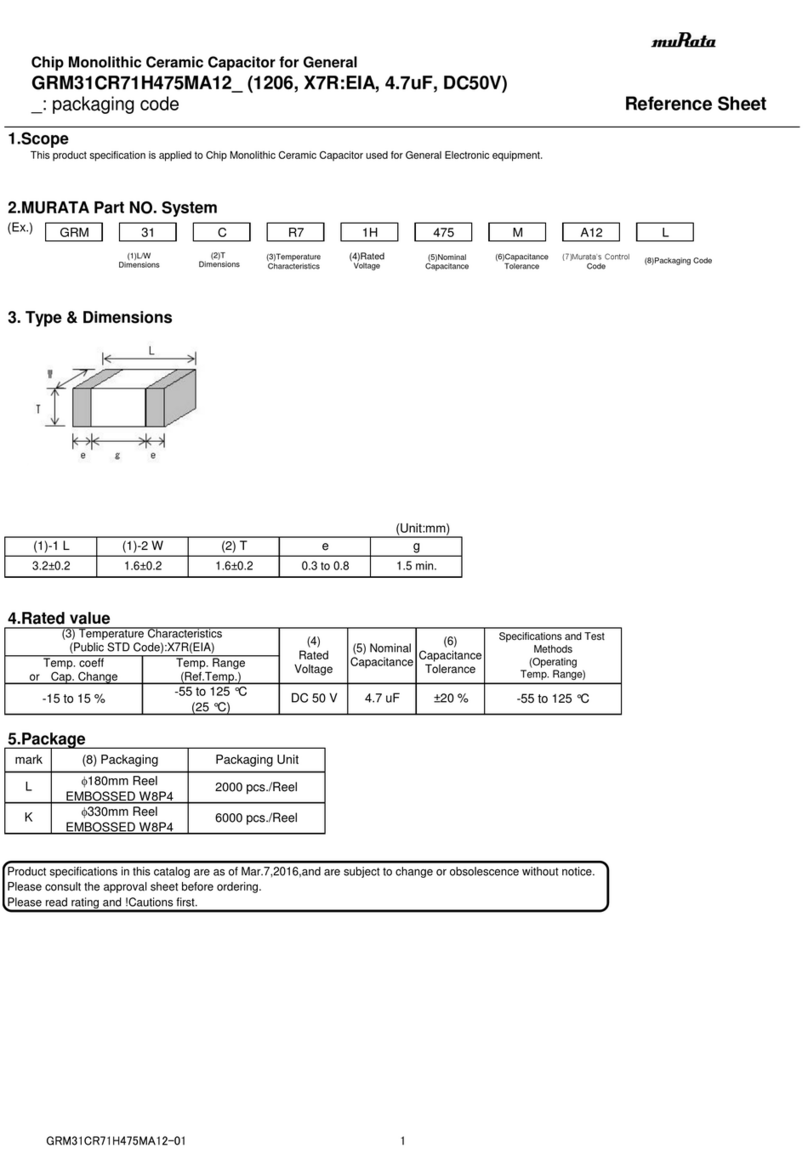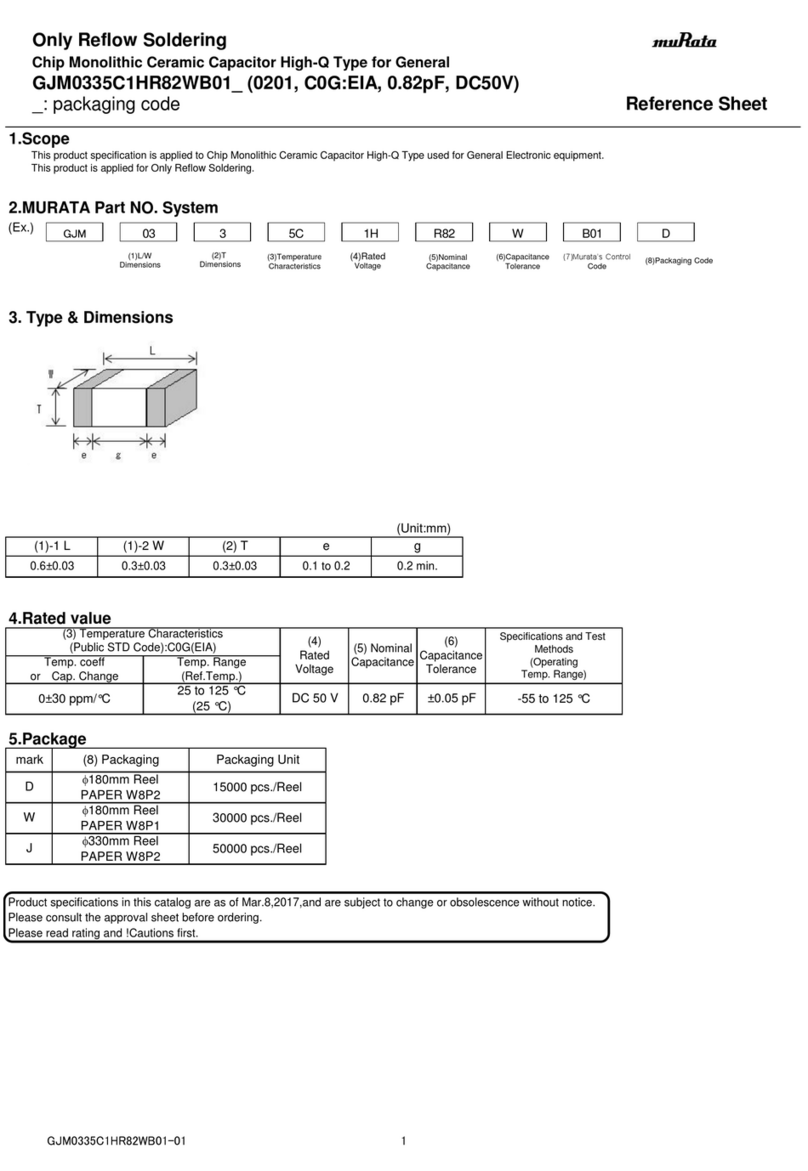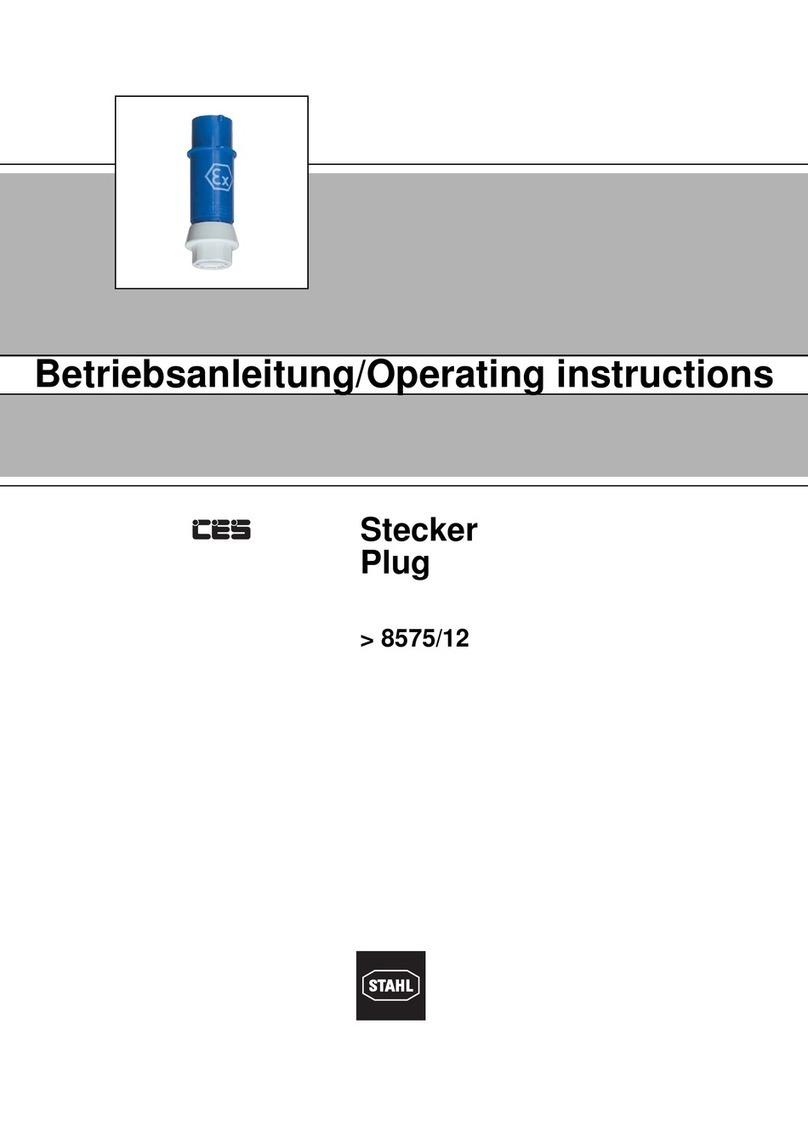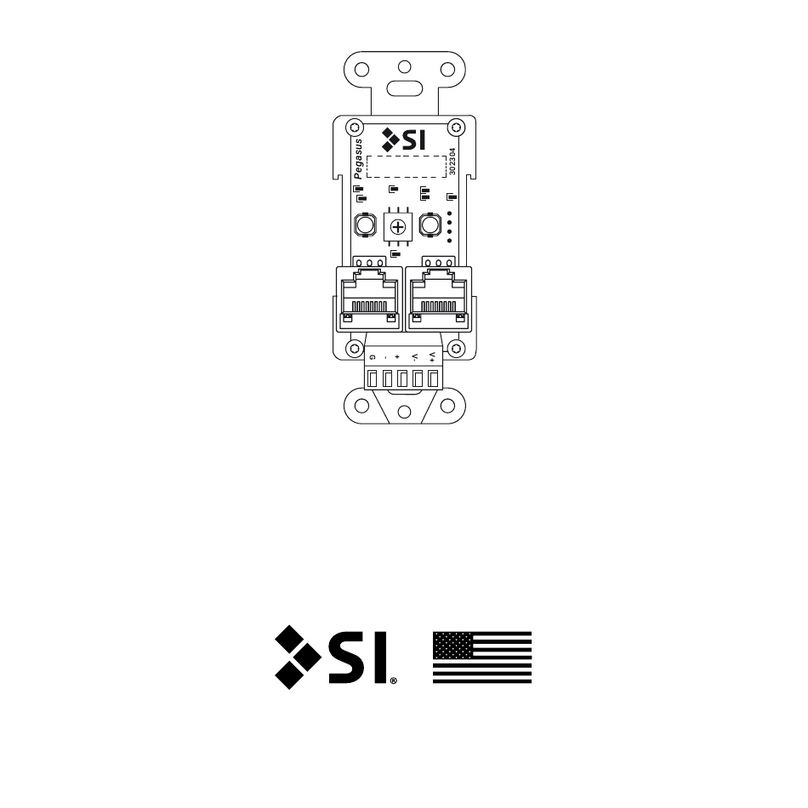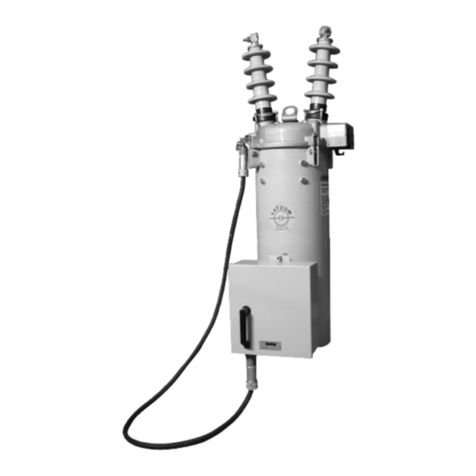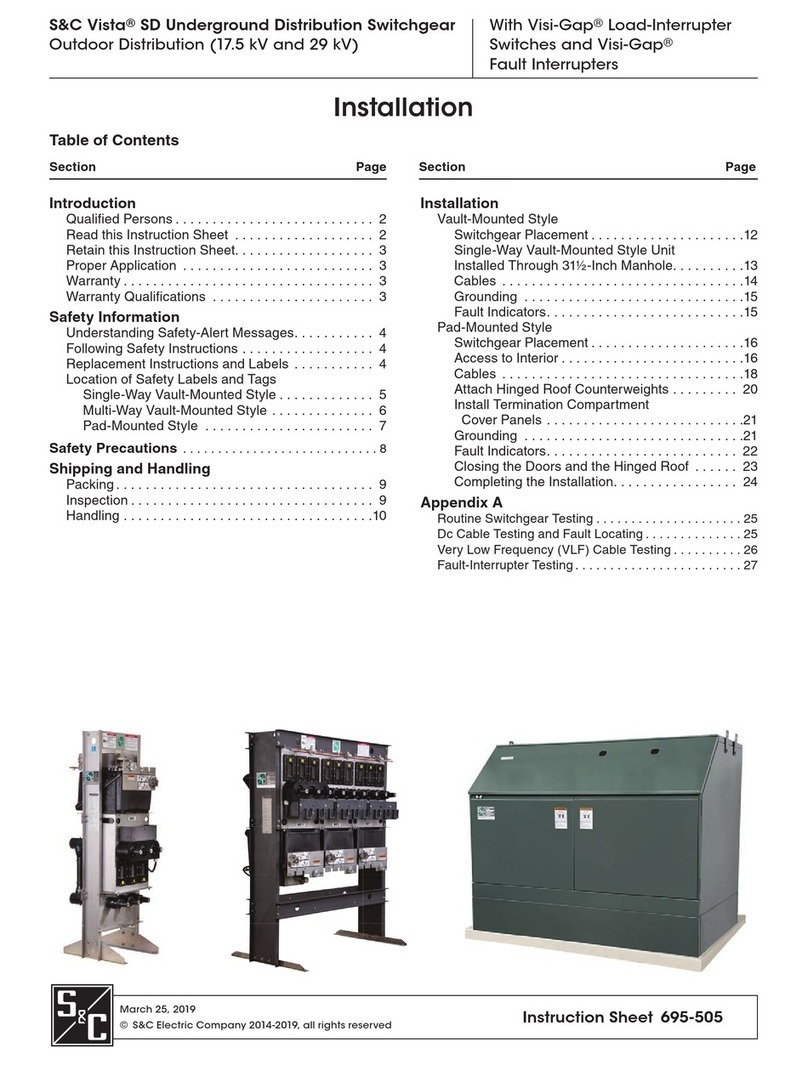Murata ZRB157R61C225KE11 Series User manual
Other Murata Industrial Electrical manuals
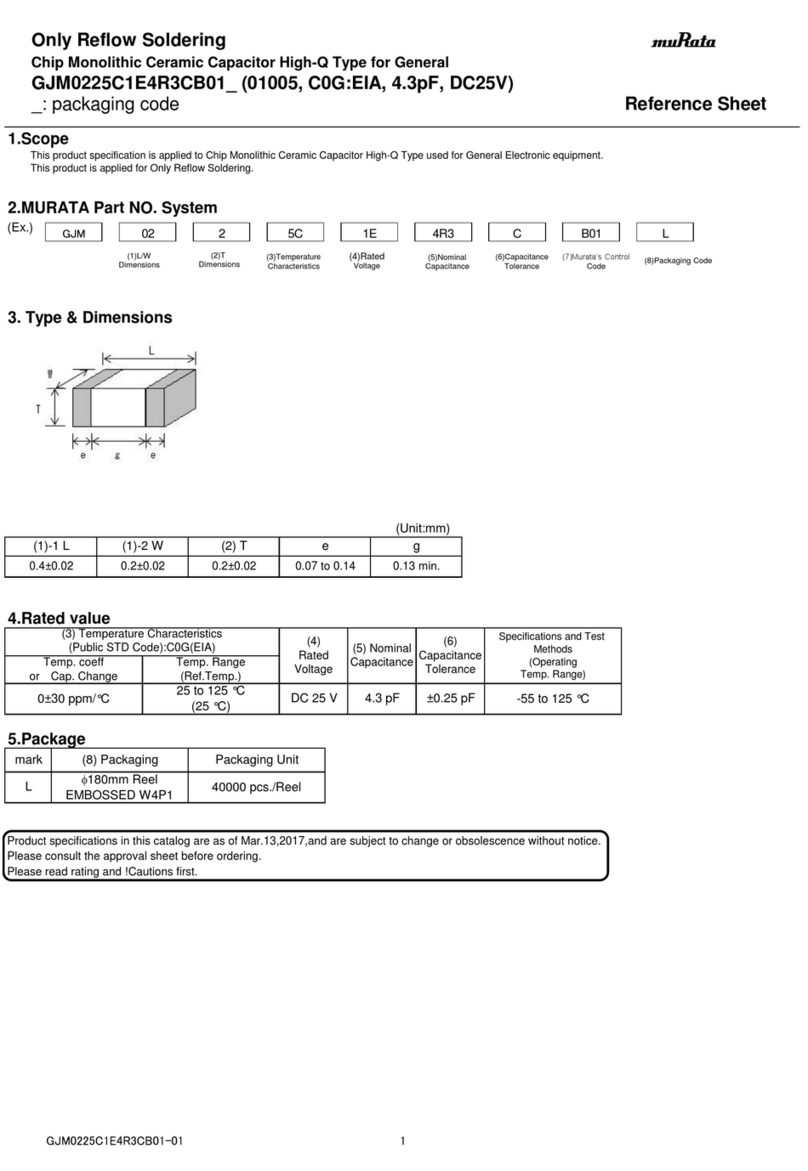
Murata
Murata GJM0225C1E4R3CB01 Series User manual
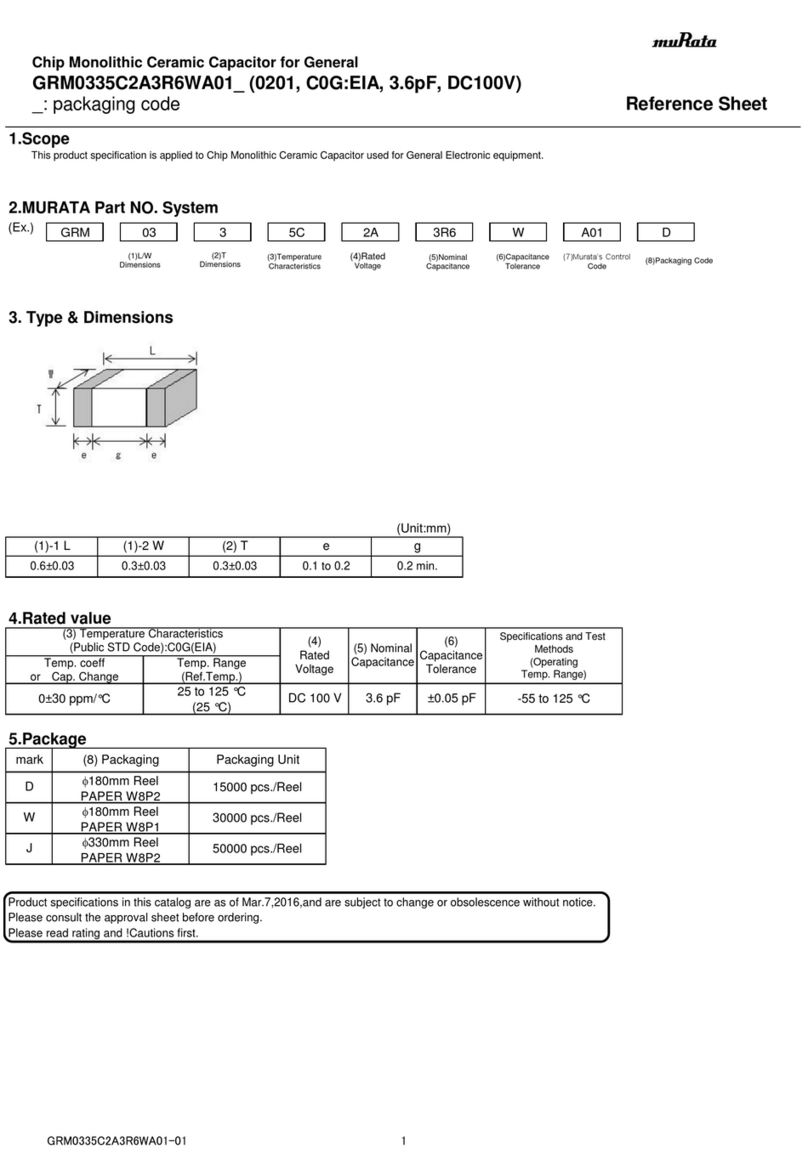
Murata
Murata GRM0335C2A3R6WA01 Series User manual

Murata
Murata GJM0335C1E5R9DB01 Series User manual
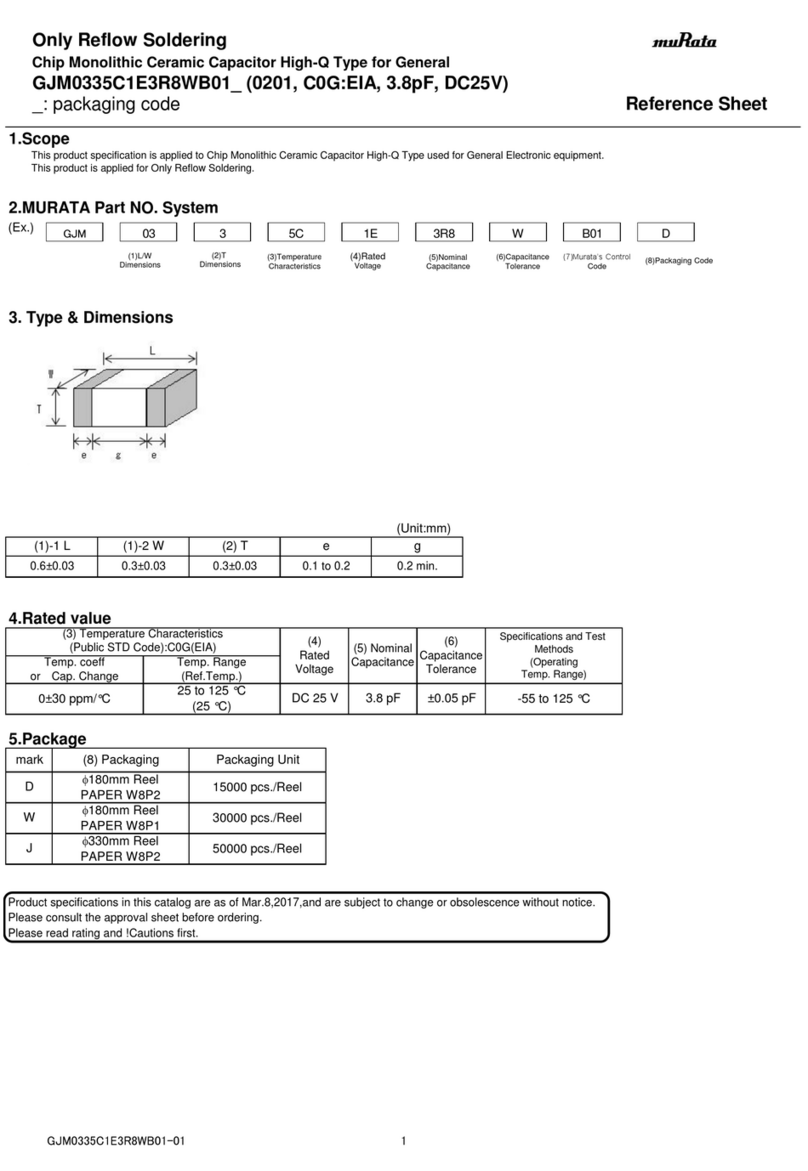
Murata
Murata GJM0335C1E3R8WB01 Series User manual
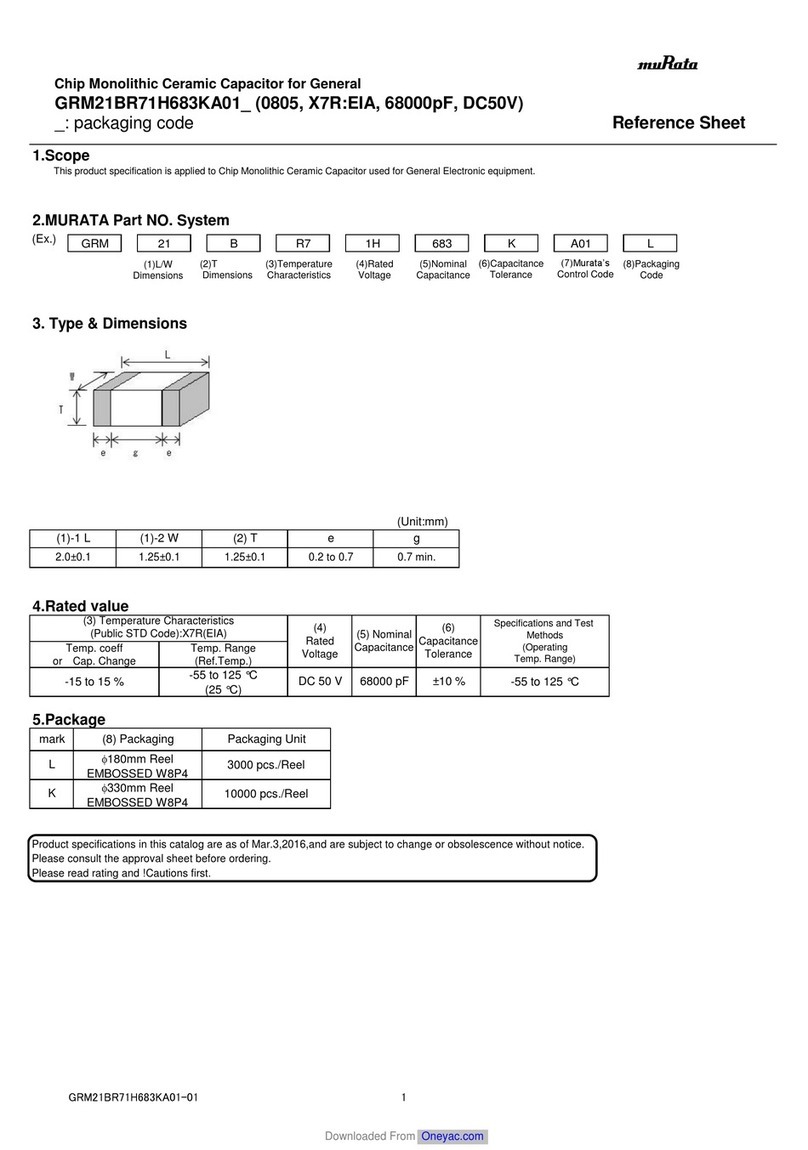
Murata
Murata GRM21BR71H683KA01 Series User manual
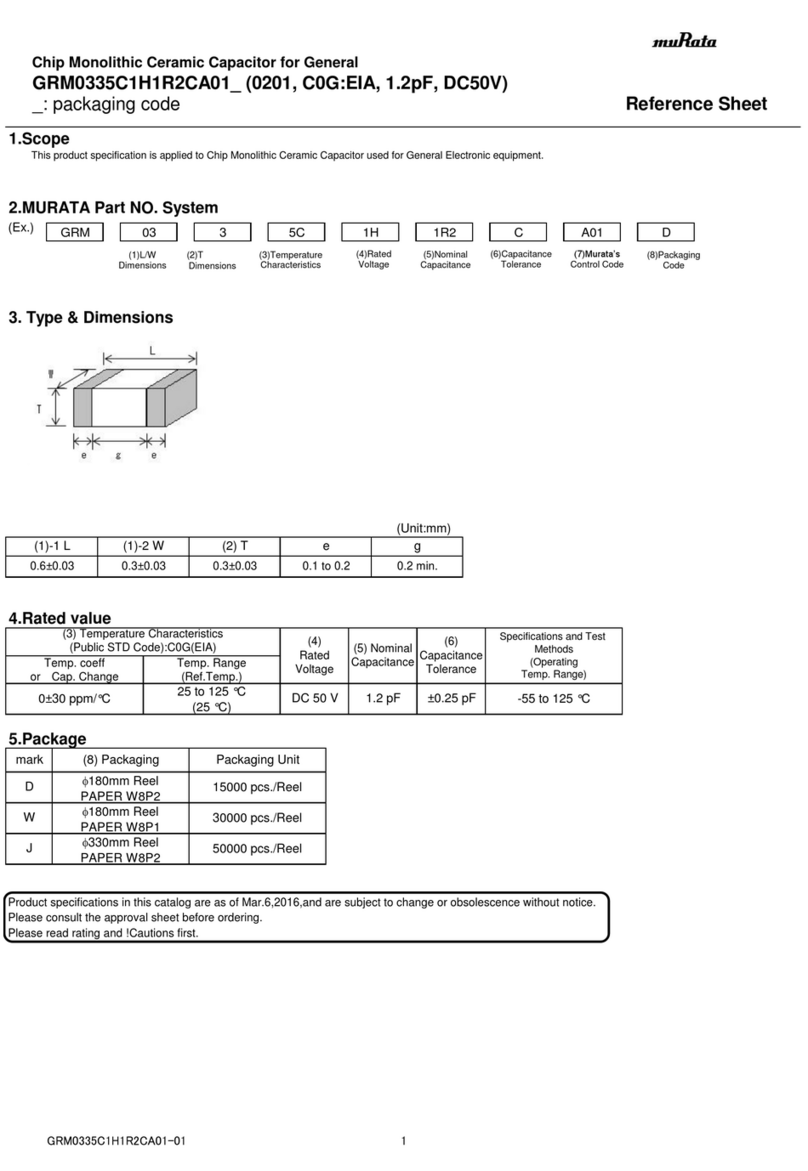
Murata
Murata GRM0335C1H1R2CA01 Series User manual
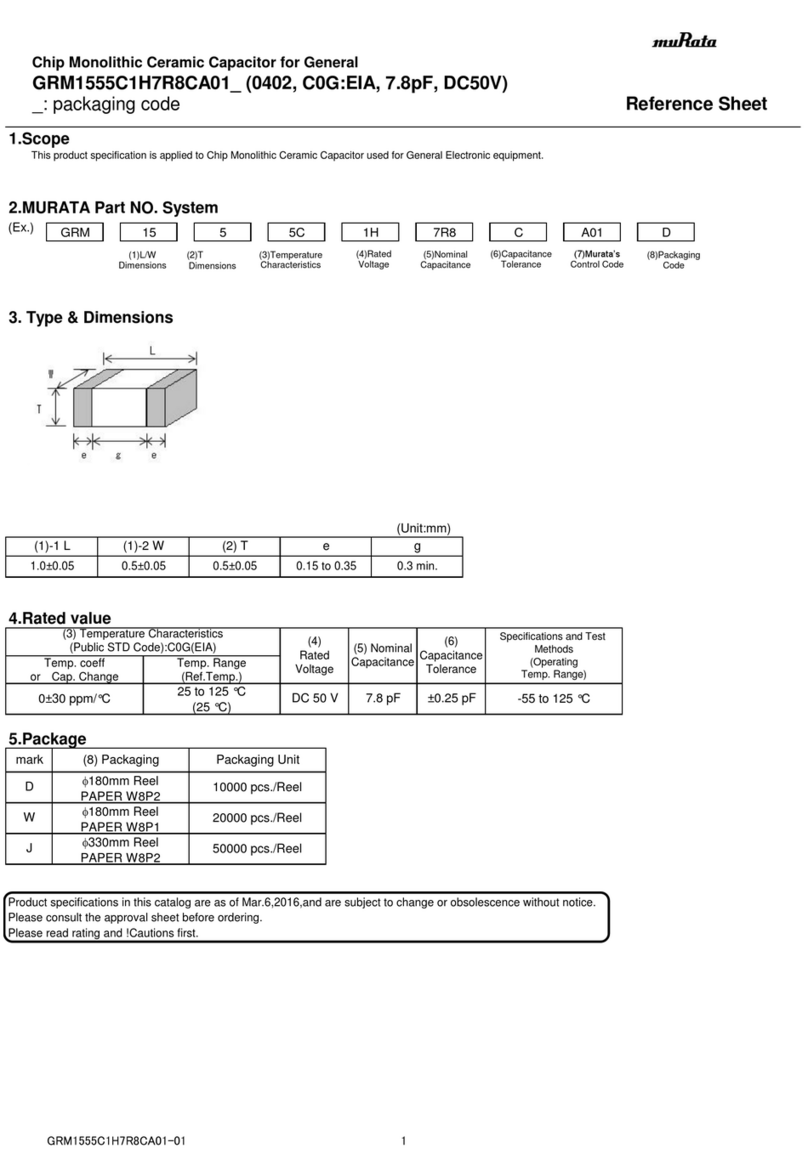
Murata
Murata GRM1555C1H7R8CA01 Series User manual
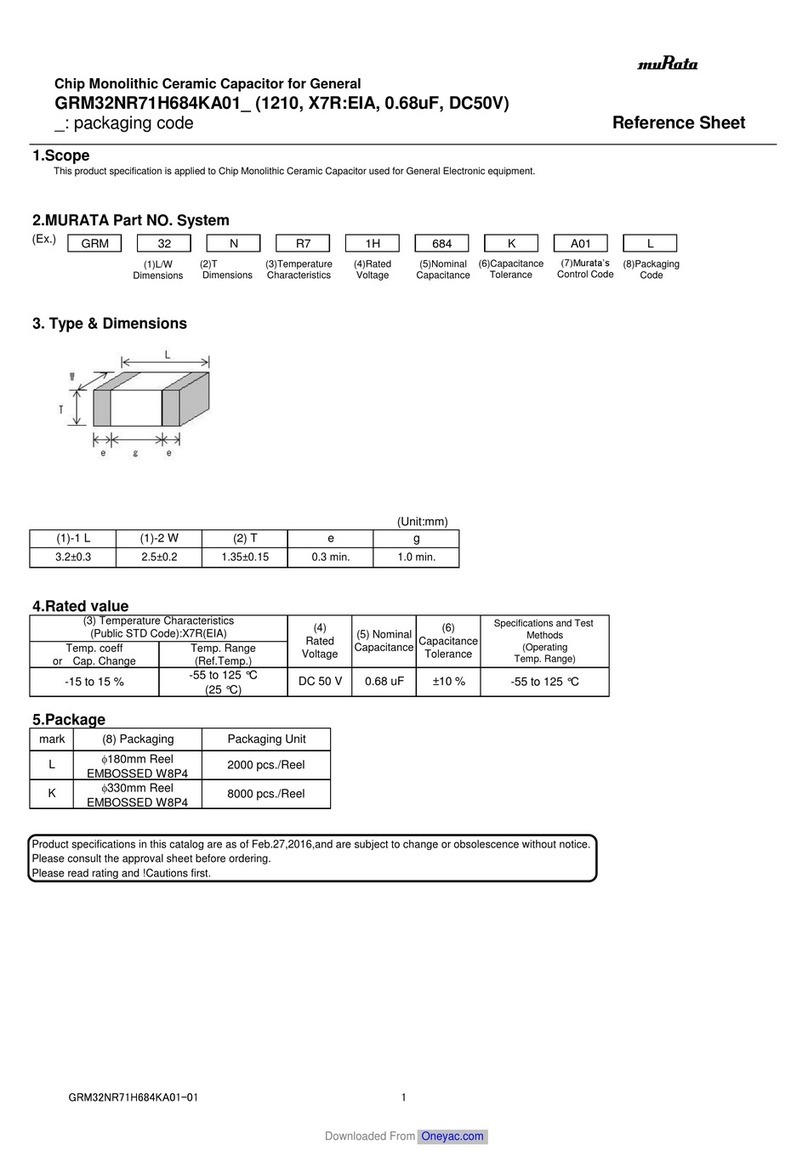
Murata
Murata GRM32NR71H684KA01 Series User manual
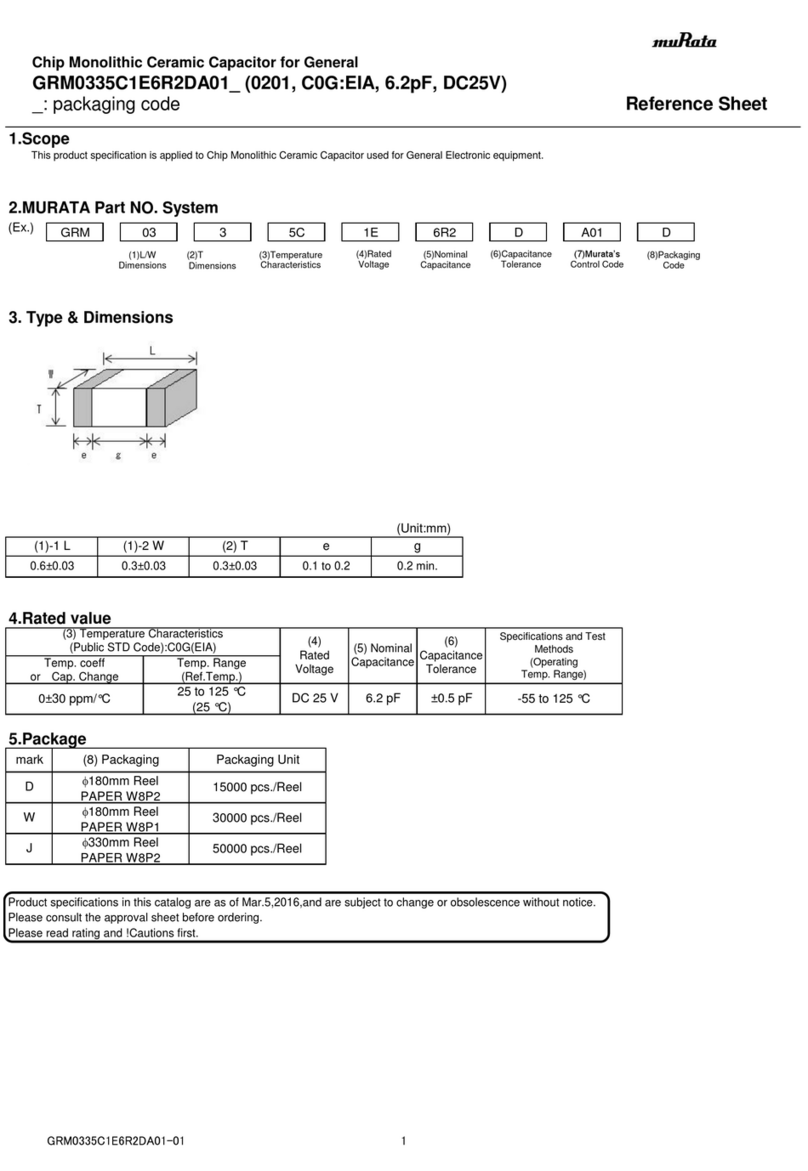
Murata
Murata GRM0335C1E6R2DA01 Series User manual

Murata
Murata GRJ188R72A104KE11 Series User manual
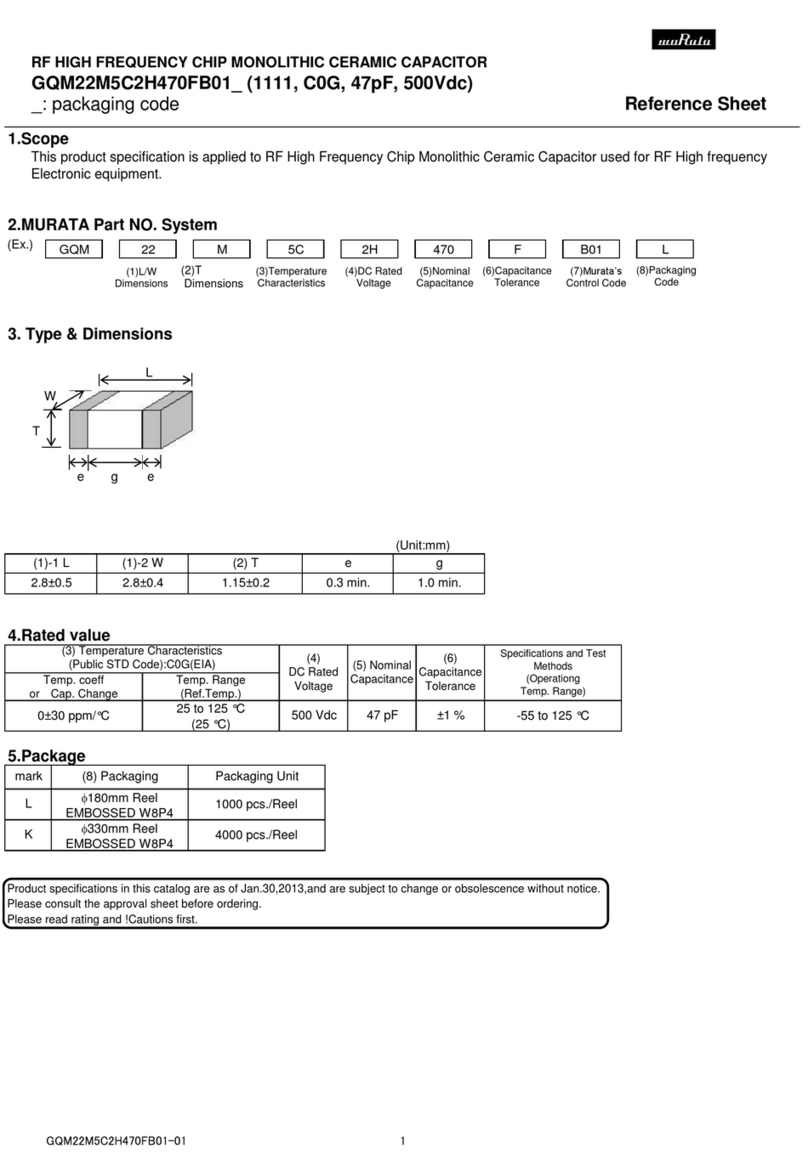
Murata
Murata GQM22M5C2H470FB01 Series User manual
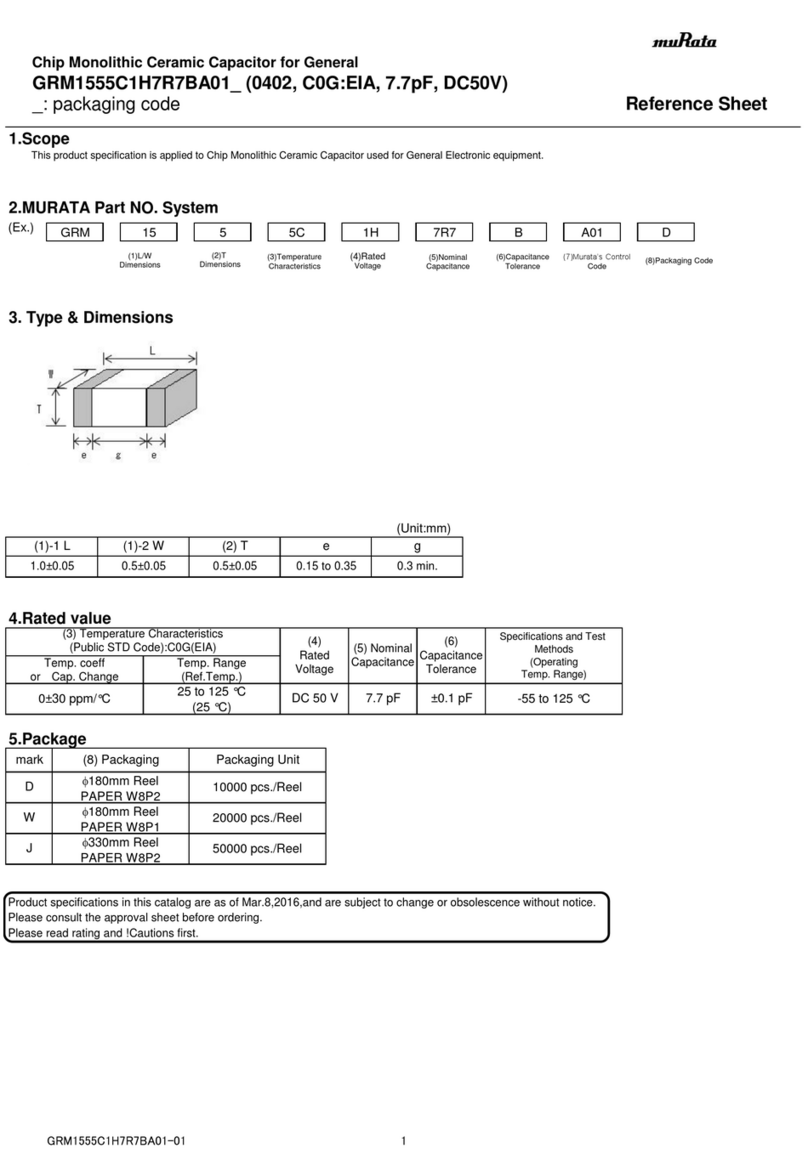
Murata
Murata GRM1555C1H7R7BA01 Series User manual

Murata
Murata GRT32DC81E106ME01 Series User manual
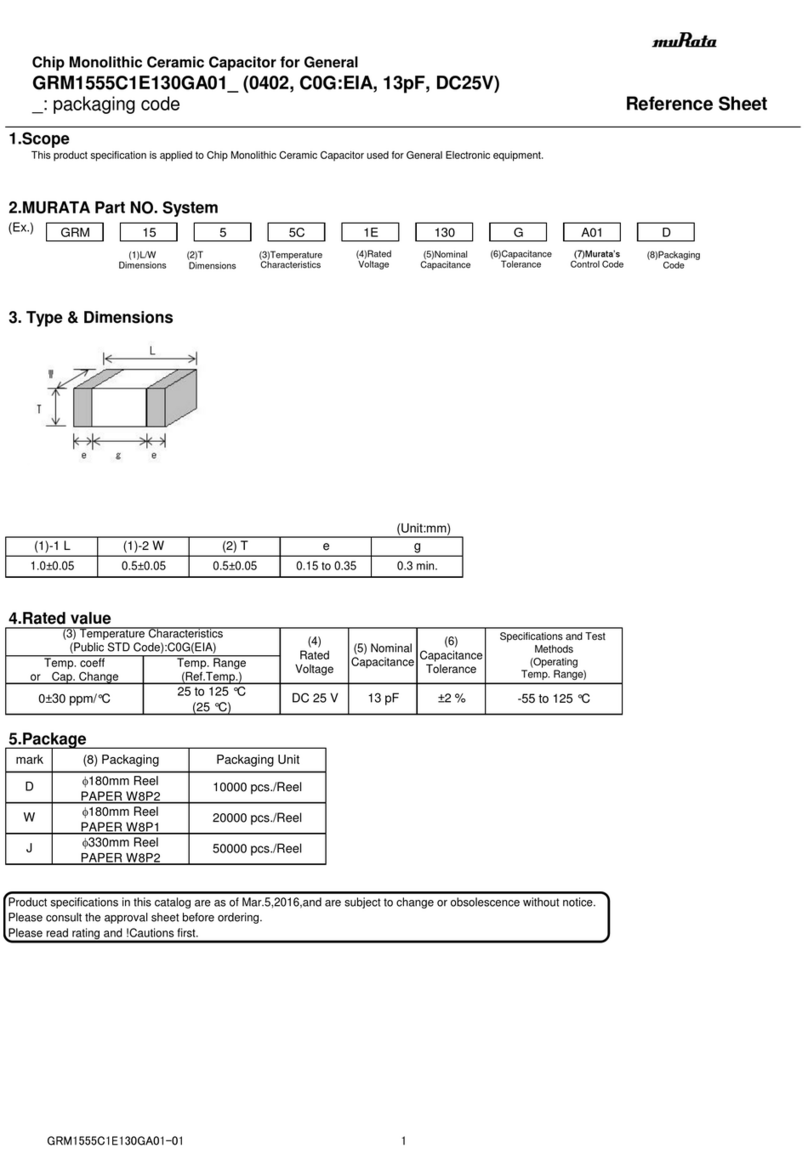
Murata
Murata GRM1555C1E130GA01 Series User manual
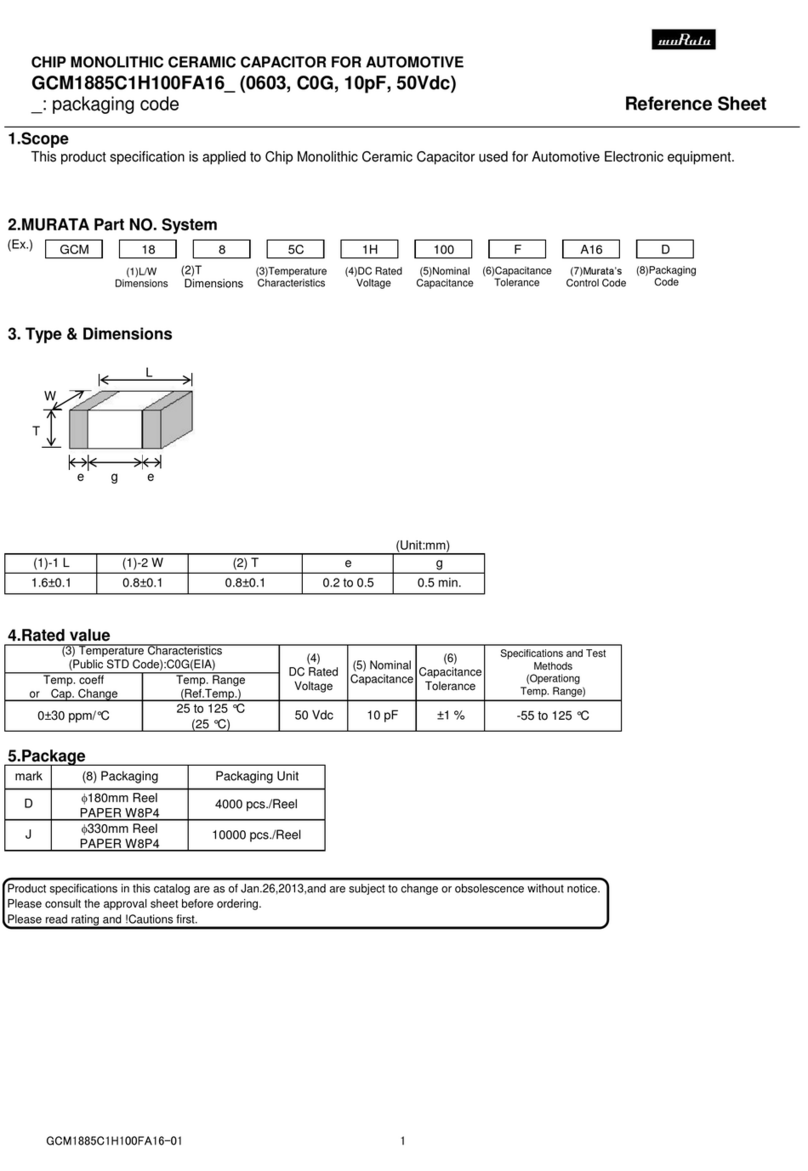
Murata
Murata GCM1885C1H100FA16 Series User manual

Murata
Murata GRM188R71E105KA12 Series User manual

Murata
Murata GRM0225C1E5R3CA03 Series User manual
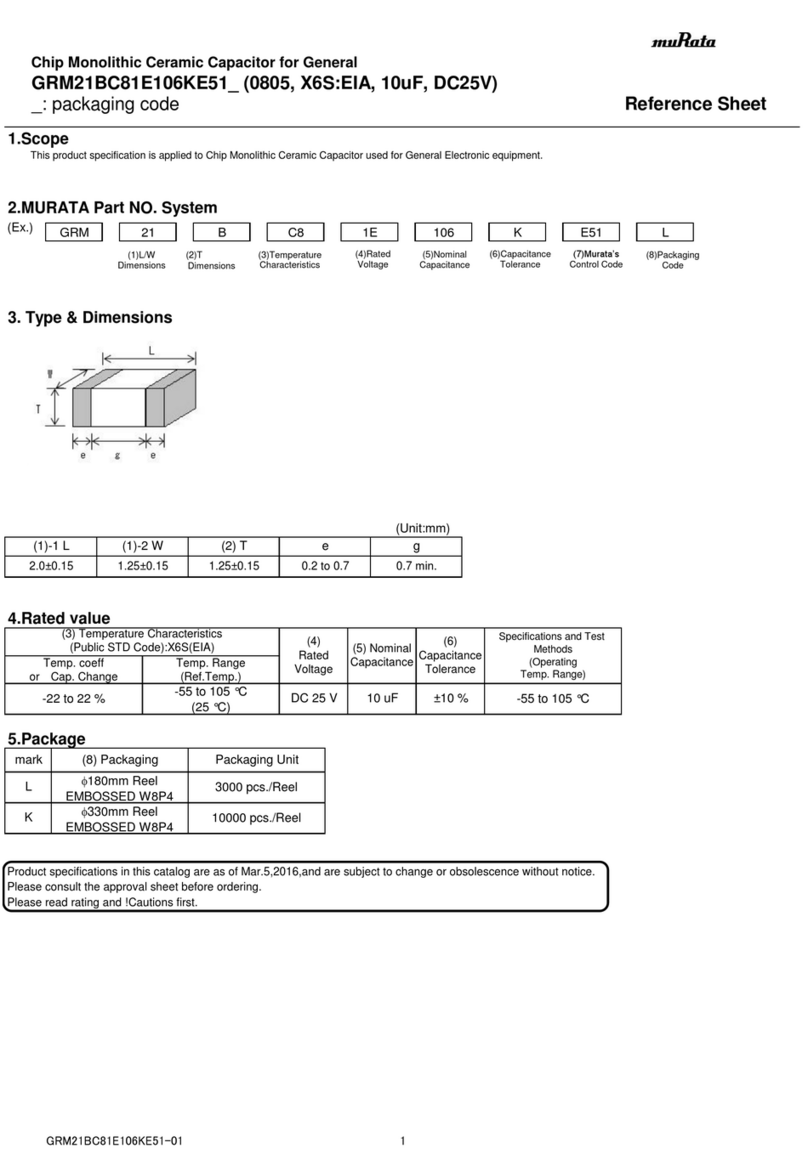
Murata
Murata GRM21BC81E106KE51 Series User manual
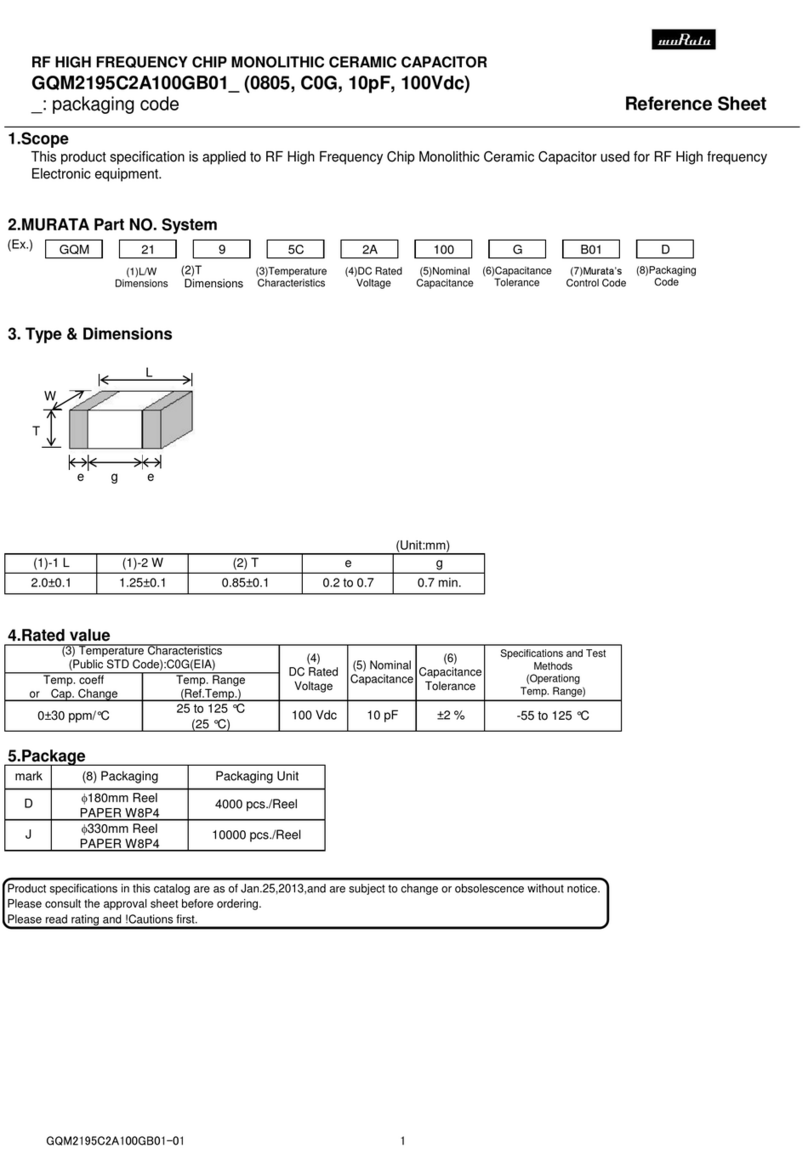
Murata
Murata GQM2195C2A100GB01 Series User manual
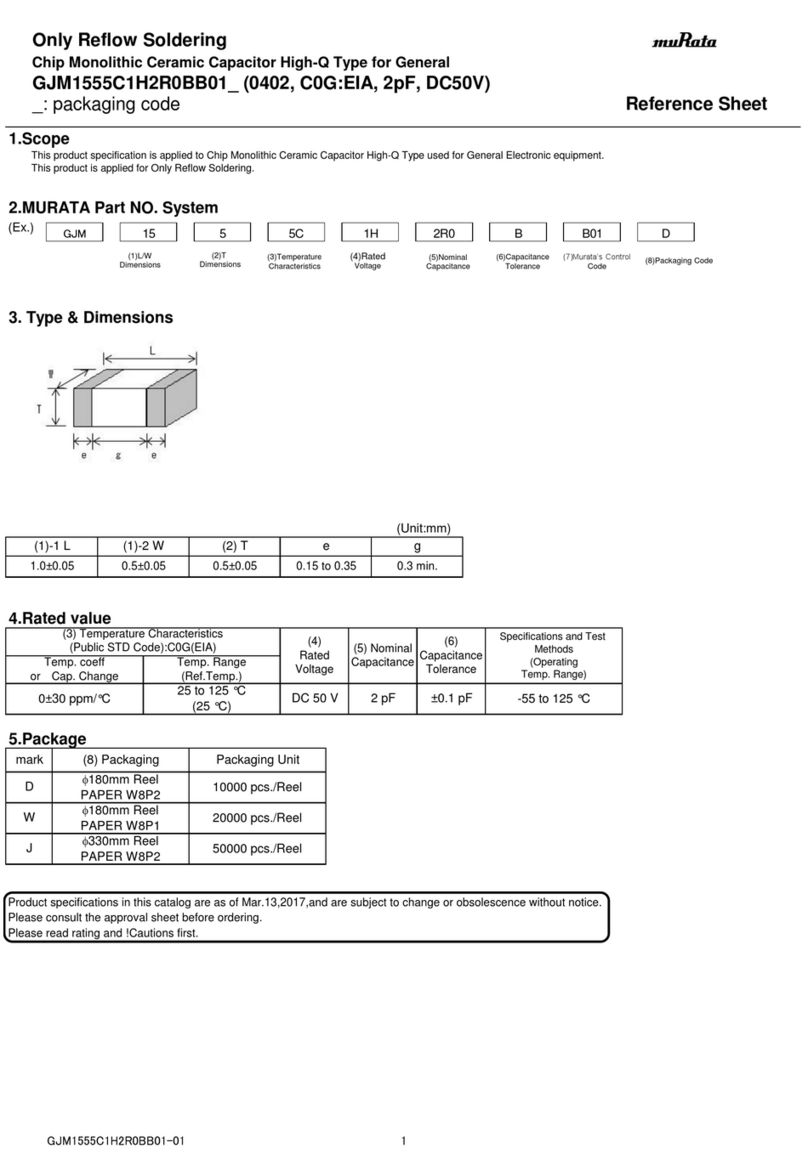
Murata
Murata GJM1555C1H2R0BB01 Series User manual
Popular Industrial Electrical manuals by other brands
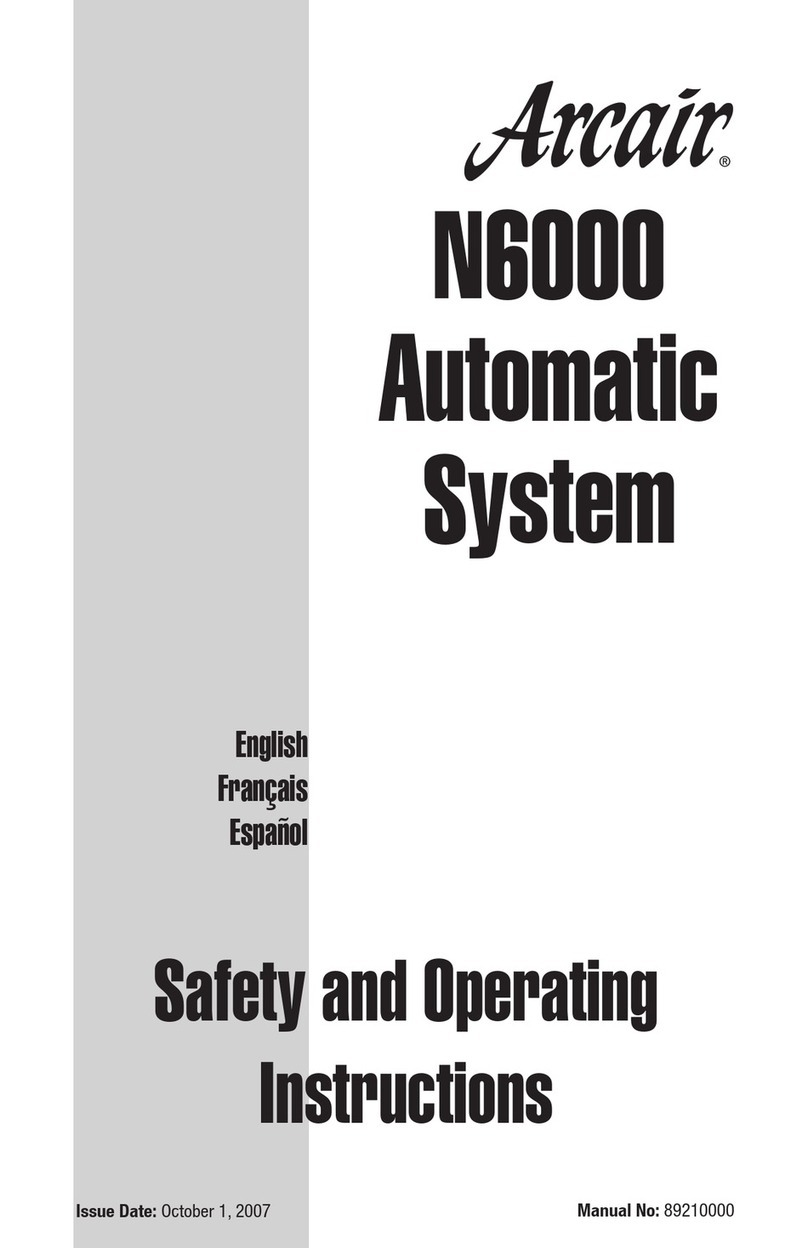
ARCAIR
ARCAIR N6000 Automatic System Safety and operating instructions

MFJ
MFJ MFJ-918 quick start guide
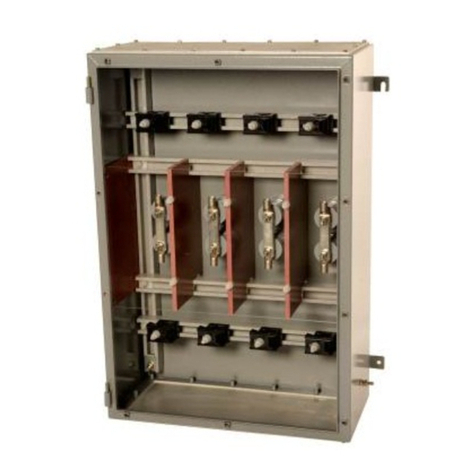
Abtech
Abtech HVJB Series Installation, operation & maintenance instructions
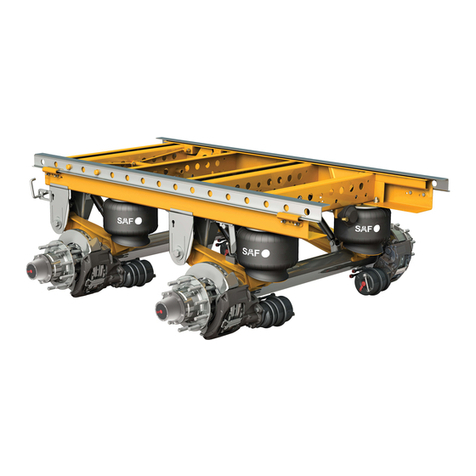
SAF-HOLLAND
SAF-HOLLAND CBX 5415.5 Installation and operation manual
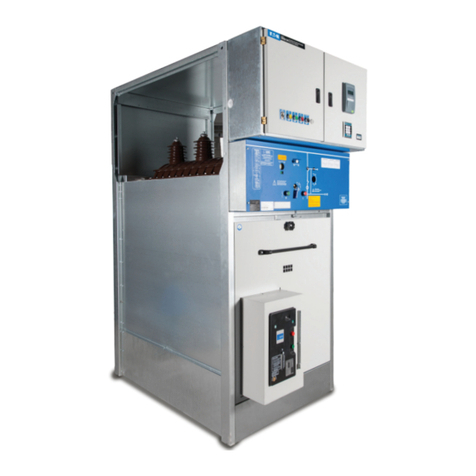
Eaton
Eaton Ulusoy HMH24-04 user manual

Newlong
Newlong NP-7H NSTRUCTION MANUAL/PARTS LIST
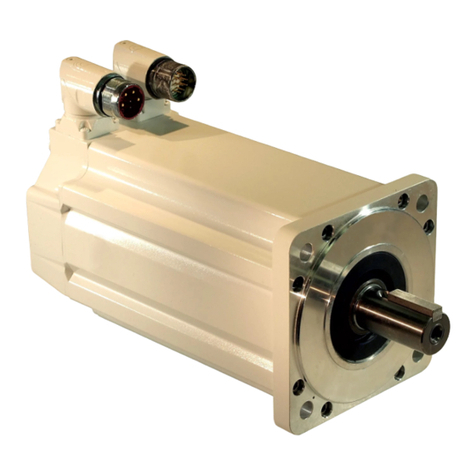
Rockwell Automation
Rockwell Automation Allen-Bradley MP-Series installation instructions
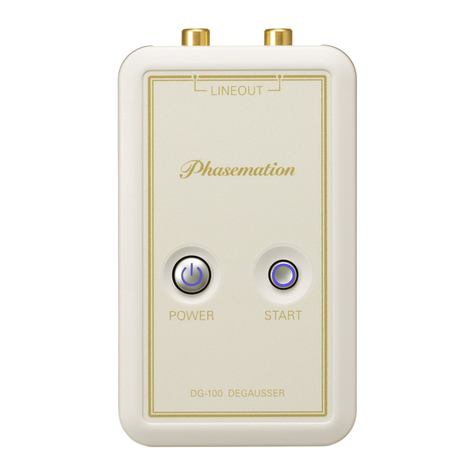
Phasemation
Phasemation DG-100 owner's manual
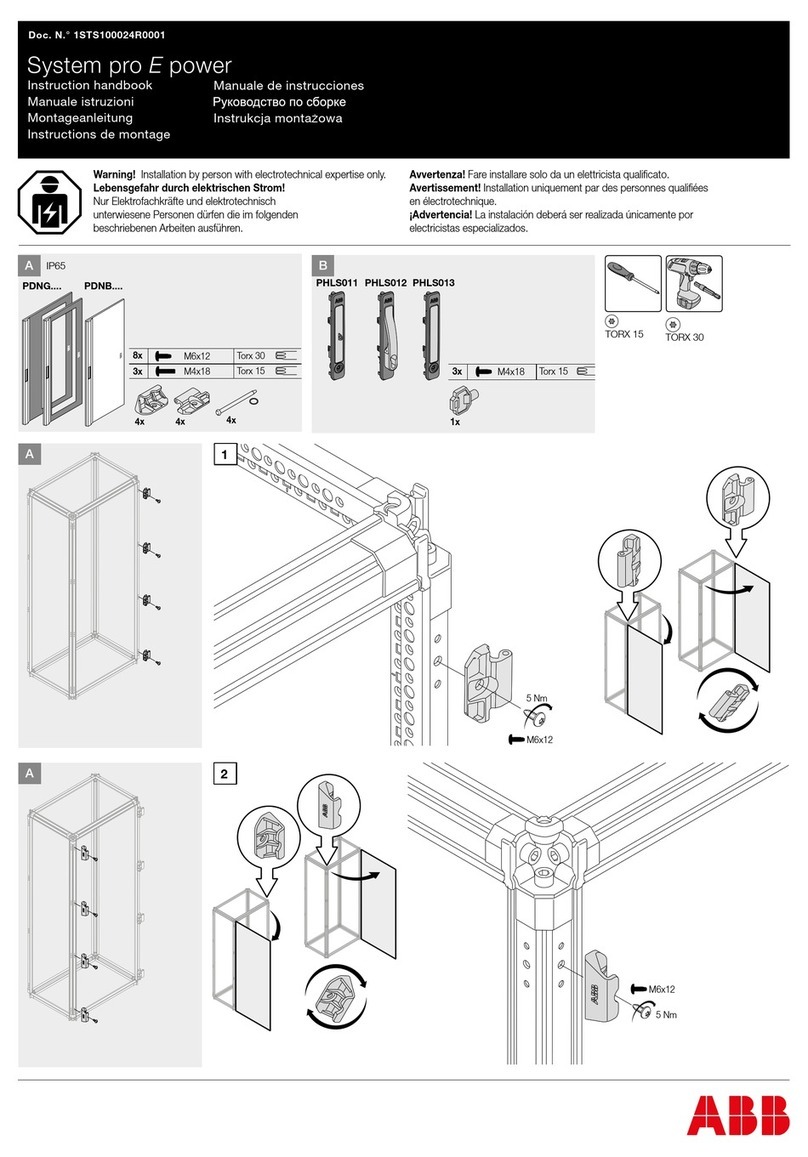
ABB
ABB System pro E power Instruction handbook
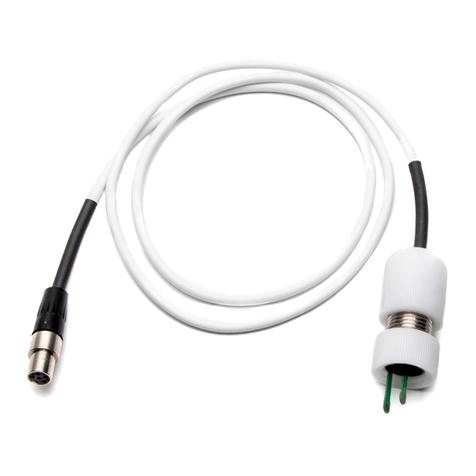
WPI
WPI STX2-PLUS instruction manual
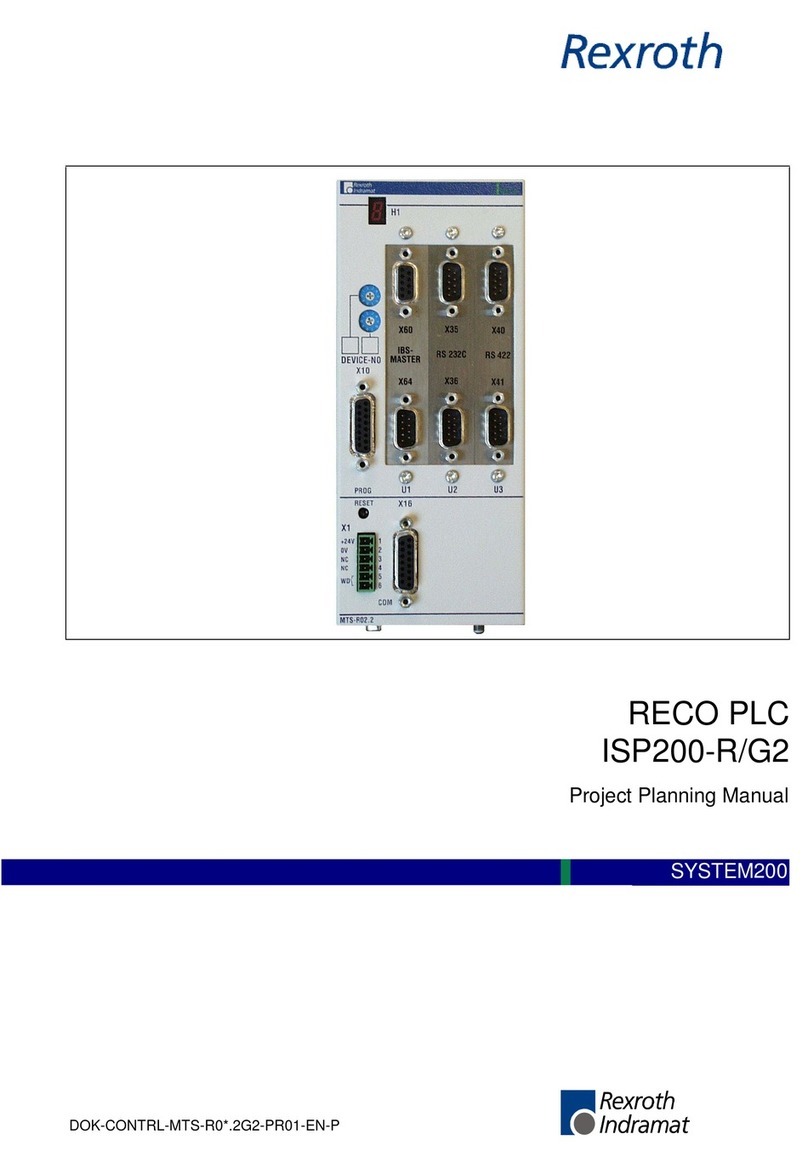
Rexroth Indramat
Rexroth Indramat DURADRIVE SYSTEM200 Project planning manual
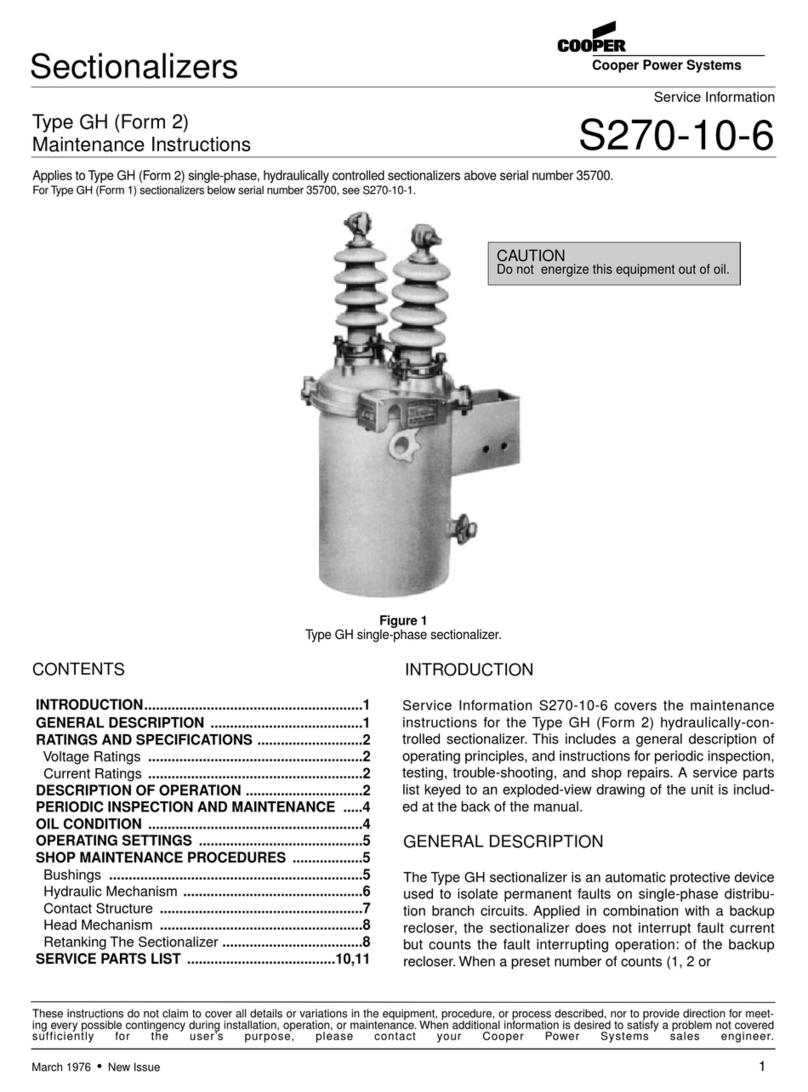
Cooper Power Systems
Cooper Power Systems GH Maintenance instructions

